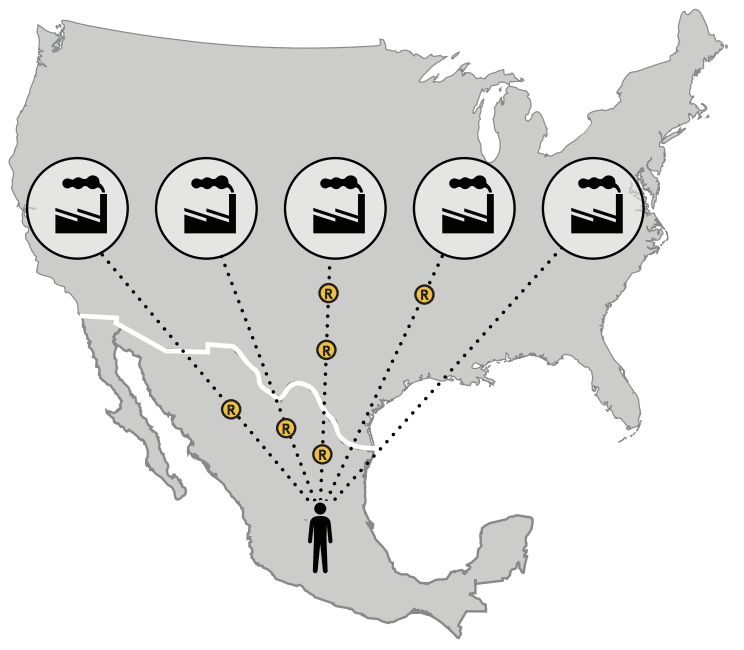May 25, 2015
Looking for a visa to work in the United States? Learn about the process!

The first thing you should know is that there are many different types of visas that allow you to work in the United States. This article will talk about work visas for temporary, low-wage jobs: the H-2A and H-2B visas.
H-2A and H-2B visas are issued by the U.S. government to give workers from other countries permission to enter the U.S. and work in jobs that don’t require specialized education and last for less than one year. A company can only hire workers on H-2 visas if it can prove that the job is temporary and that there aren’t sufficient U.S. workers willing to take the job.
The H-2A visa is for agricultural jobs and the H-2B is for non-agricultural jobs, like construction, hotels, seafood, traveling carnivals, landscaping, etc.
The application process for an H-2A or H-2B visa must be initiated by the employer in the United States. Generally, these are the steps in the process:

- The employer applies to the Department of Labor (DOL). First, the employer must show the Department of Labor (DOL) that there aren’t U.S. workers interested in doing the job being offered. Next, the employer must submit an application to the DOL with the employment terms and conditions, including salary, hours, number of workers, type or work, location, etc. The application can be approved or denied.
- The employer applies to the Department of Homeland Security (DHS). If the DOL authorizes the terms of employment, the employer must apply to the Department of Homeland Security (DHS) for the visas. The DHS authorizes the number of visas that the employer can use to hire workers for this specific job. The application can be approved or denied.
- The employer finds workers to hire. Generally, once the employer has completed the process up to this point, they begin to contact Mexican workers (or workers from other countries) to offer them employment. The majority of employers hire intermediaries, or recruiters, to recruit workers.
- The workers go to a U.S. Consulate for an interview. Once the worker has been offered a job by an approved employer (or his recruiter), the worker must apply for a visa and schedule his or her interview with the U.S. Consulate. Normally, the employer or recruiter will help the worker with this step. The U.S. Consulate will determine whether or not the worker is eligible to receive a visa.
- The workers begin their employment in the United States. With their approved visa, the worker can enter the United States for the period indicated on his or her visa. The worker can only work for the company that hired them.

Now that you know the general application process for an H-2A or H-2B visa, you should take into account the following:
- You can’t apply for a work visa at a U.S. Consulate until an employer has completed the process of obtaining permission from the U.S. government. In other words, for the U.S. Consulate to issue you an H-2A or H-2B visa, there must be a job that has already been approved and authorized by the Department of Labor (DOL) and the Department of Homeland Security (DHS).
- Given that the employer must submit the employment terms and conditions to the DOL before receiving authorization, the recruiter should already know these conditions and should be able to explain the jobs conditions to you in detail.
- Given that the employer pays the recruiter for his services, you should not have to pay the recruiter to obtain the job offer or visa.
- For now, there isn’t a comprehensive list of authorized H-2 job openings available to workers. Announcements about job offers are almost always done by recruiters.
If you want more information about the process or about how to protect yourself from possible abuses, please visit www.contratados.org and take a look at these materials. You can also read comments written by other workers about employers and recruiters. Share your knowledge about employers and recruiters to help build a movement of informed migration and to give workers power in the decision-making process.
Questions? Comments? Write us at [email protected].
Photo: Lucas / Flickr
